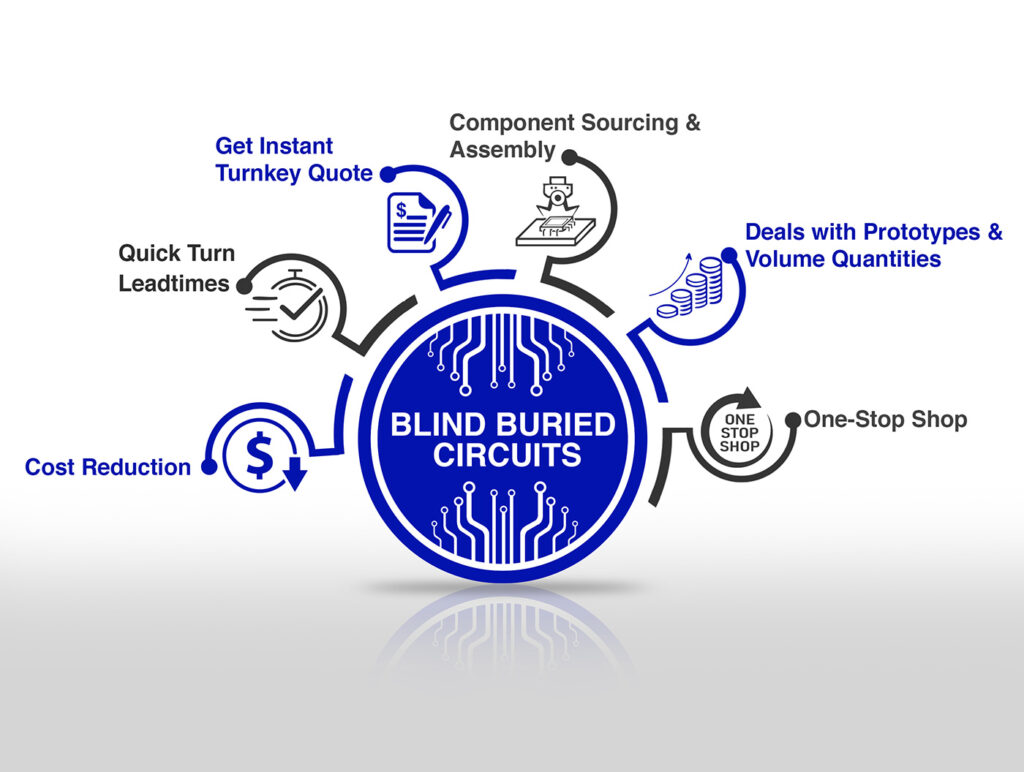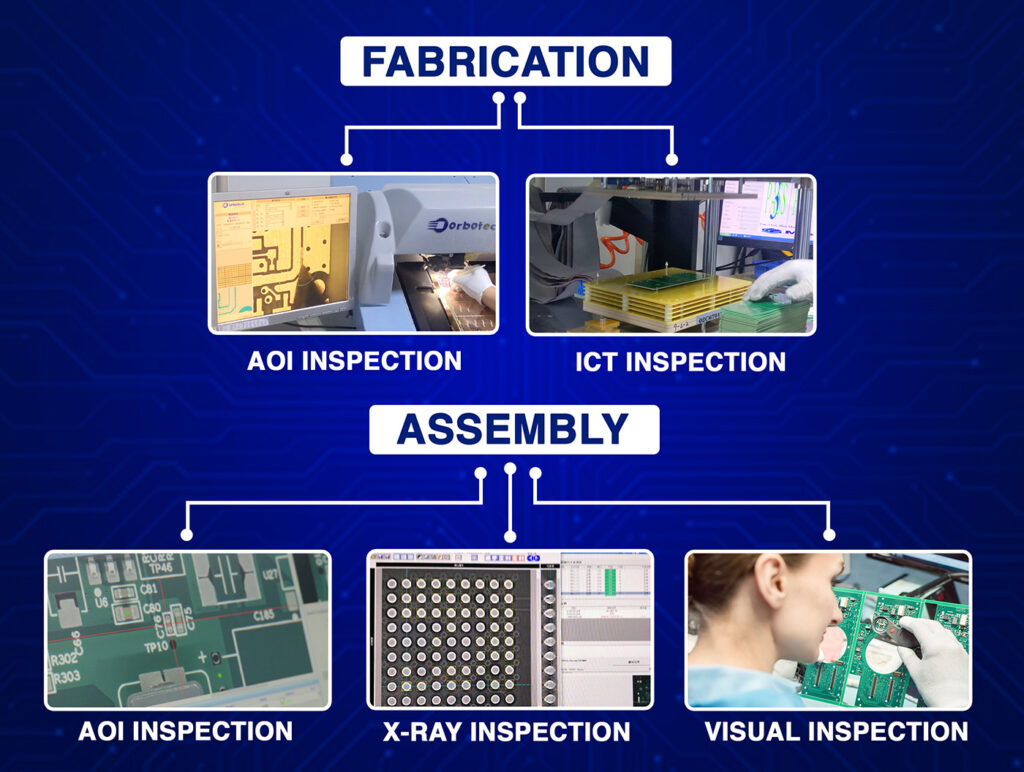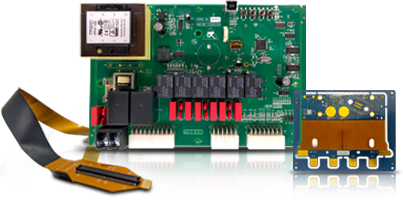Printed Circuit Boards (PCBs) are more than just parts inside electronics. In today’s world, they’re helping save lives. From heart monitors to imaging machines, PCBs are driving innovation in healthcare. If you work in medical technology, you already know how critical a strong, well-made board is. That’s where medical PCB assembly and medical PCB manufacturing come in.
This blog will discuss why PCBs matter in healthcare, where they’re used, and what makes medical device PCB design different from other types. If you’re designing medical tech or ordering boards, this blog will help you get the details right.
What Are Medical PCBs?
Medical PCBs are circuit boards used inside healthcare devices. They carry signals, manage power, and connect sensors. In simple terms, they help the device think, move, and respond. What sets them apart? These boards must be safe, reliable, and accurate. A mistake in a toy or gadget might not be a big deal. But a heart monitor or insulin pump could risk someone’s life.
That’s why medical device PCB projects require extra care at every stage—from PCB manufacturing assembly to the final product test.
Why PCBs Are Essential in Modern Healthcare
Let’s break it down. Why do hospitals, labs, and clinics rely so heavily on PCBs?
- Precision: Medical devices must be accurate. Even tiny errors can lead to wrong readings or treatments.
- Speed: Devices like imaging machines or patient monitors must work quickly.
- Safety: PCBs must not overheat, spark, or fail in stressful environments.
- Size: Many medical tools are small. Their PCBs must fit into compact cases without losing performance.
In other words, the better the PCB, the better the care a patient receives. That’s why custom PCB production has become a big part of healthcare innovation.
Real-World Applications of Medical PCBs
Here are some examples of where medical PCB assembly shows up in everyday healthcare:
1. Diagnostic Equipment
Devices like MRI machines, CT scanners, and ultrasound tools rely on high-speed PCBs. These boards process data in real time and send signals to computers that display results. The PCBs must be strong and very accurate.
2. Monitoring Devices
Blood pressure monitors, heart rate trackers, and glucose meters all need PCBs. These devices track your body’s vital signs and send alerts when something’s wrong.
Many of these use custom PCB production to create boards that fit into portable devices. That’s especially true in home-care settings.
3. Surgical Tools
Some surgeries now use robotic arms or tools with electronic parts. These tools depend on PCBs to guide motion, respond to controls, and ensure safety.
4. Implantable Devices
Pacemakers and hearing aids have tiny, flexible PCBs inside. These boards must last for years, resist body fluids, and stay strong under pressure.
That’s why medical device PCB materials must be carefully chosen and tested.
How Medical PCBs Differ from Regular Ones
Not all PCBs are made the same. Here’s what makes medical PCB manufacturing different:
1. Higher Standards
Medical boards must follow strict rules. They often meet IPC Class III standards, which are the highest level for quality and reliability.
2. Cleanroom Assembly
Some PCBs must be built in sterile or low-dust environments. This is common with surgical or implantable devices.
3. Special Materials
Medical PCBs often use flexible materials or high-temperature substrates. This helps them fit into small devices and last longer.
4. More Testing
Before shipping, medical boards go through extra checks like thermal testing, x-ray inspection, and signal verification.
In other words, medical PCB assembly is about more than putting parts together. It’s about building trust in every layer.
Why Custom PCB Production Is So Valuable?
Many healthcare tools have special size, shape, or function needs. That’s where custom PCB production comes in.
You get to:
- Choose special materials for strength or flexibility
- Design around tight size limits.
- Add features like heat sinks or shielding.
- Build multi-layer boards for better performance.
Custom boards also help speed up innovation. When your team is working on a new device, a one-size-fits-all board might not work. But with custom boards, you can go from idea to product faster.
What to Look for in a Medical PCB Manufacturer
Choosing a company for medical PCB manufacturing is a big decision. Here’s what to check:
1. Experience
Make sure the manufacturer has worked with healthcare clients before. Ask what kinds of medical projects they’ve supported.
2. Certifications
Look for ISO 13485 certification. This shows the company meets medical-grade standards for quality and control.
3. Cleanroom Capabilities
If your board will go into sterile devices, make sure the manufacturer has cleanroom assembly options.
4. Testing and Inspection
Ask about what tests are done during and after assembly. A good company will share inspection reports and help solve problems early.
5. Communication
Medical products often go through changes during development. Choose a partner who can keep up and work closely with your team.
When lives are at stake, you want a partner who takes every detail seriously.
Design Tips for Medical Device PCBs
If you’re handling medical device PCB design, here are a few tips:
- Keep it simple: Avoid extra traces or layers unless they’re needed. Clean layouts are more straightforward to inspect and repair.
- Plan for heat: Use proper spacing and materials to avoid overheating.
- Focus on safety: Add surge protection, fuses, or guards to prevent failure.
- Use test points: Make it easy to check the board at key locations.
- Choose proven parts: Avoid rare or untested components. They may not hold up in critical settings.
These small choices can lead to significant improvements in the final device.
Future of Medical PCBs
As technology grows, medical PCB assembly will keep changing, too. Here’s what’s coming:
1. Miniaturization
Boards will get smaller, but do more. Think of tiny wearables that check blood or monitor breathing.
2. Flex and Rigid-Flex PCBs
These boards bend and fold. They’re perfect for tools that need to move or fit in tight spots.
3. Smart Materials
Some boards will include materials that react to heat or pressure. They could self-heal or signal damage.
4. Wireless and IoT Boards
Many new devices connect to the internet. PCBs will need to include antennas and wireless chips to keep up.
The best thing you can do is stay updated and work with partners who understand where the industry is headed.
Final Thoughts
Medical PCBs are the quiet heroes behind today’s life-saving tools. Whether in a hospital monitor or a wearable tracker, these boards make sure things work right every time. That’s why custom PCB production, careful medical PCB manufacturing, and smart design all matter so much.
If you’re working on the next big thing in healthcare tech, don’t settle for average. Choose a partner who understands your needs, your standards, and your mission. When you do, your device will work better, last longer, and help more people.





